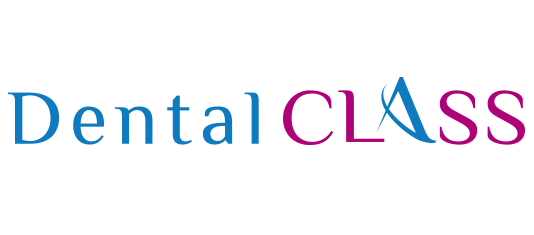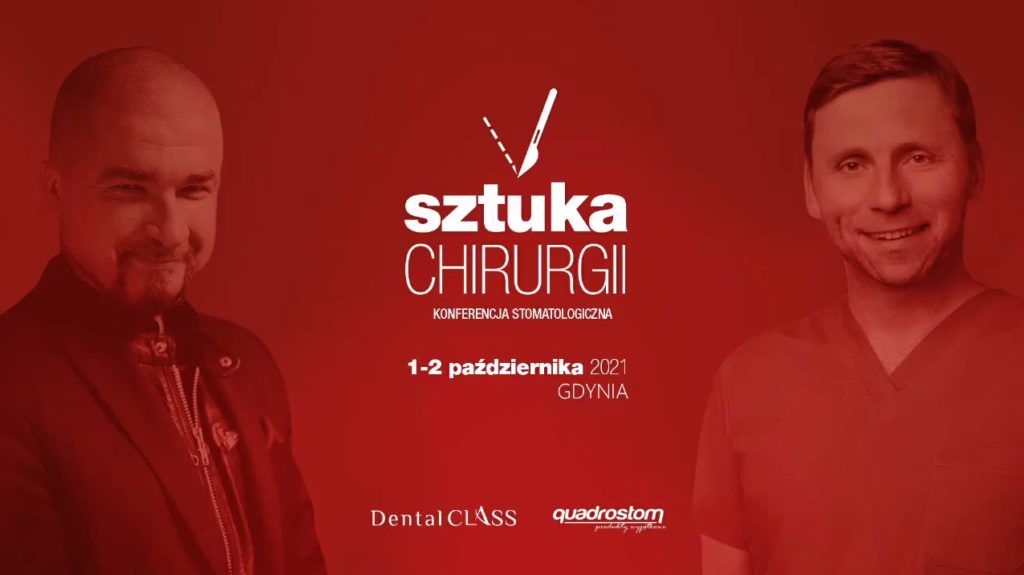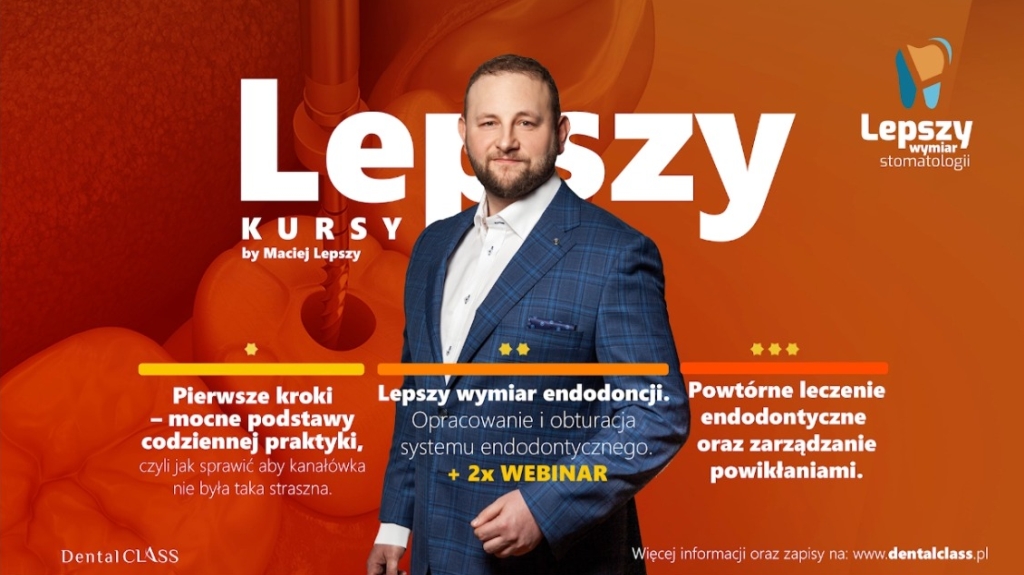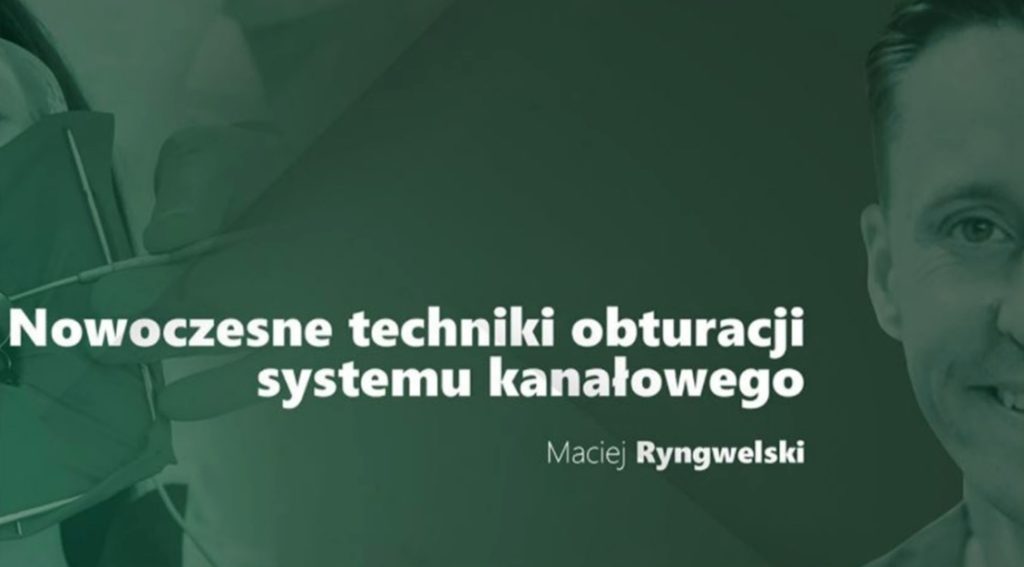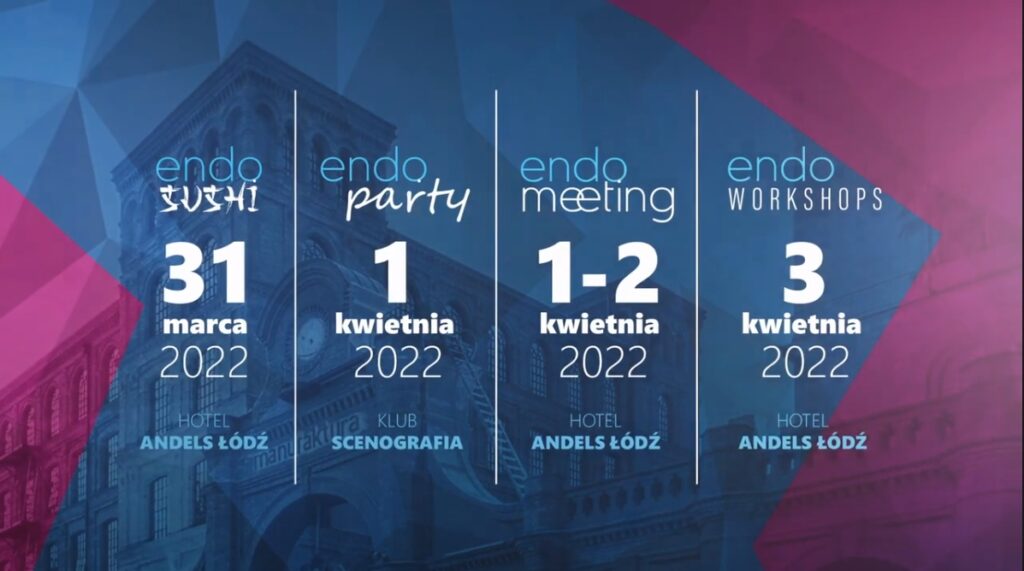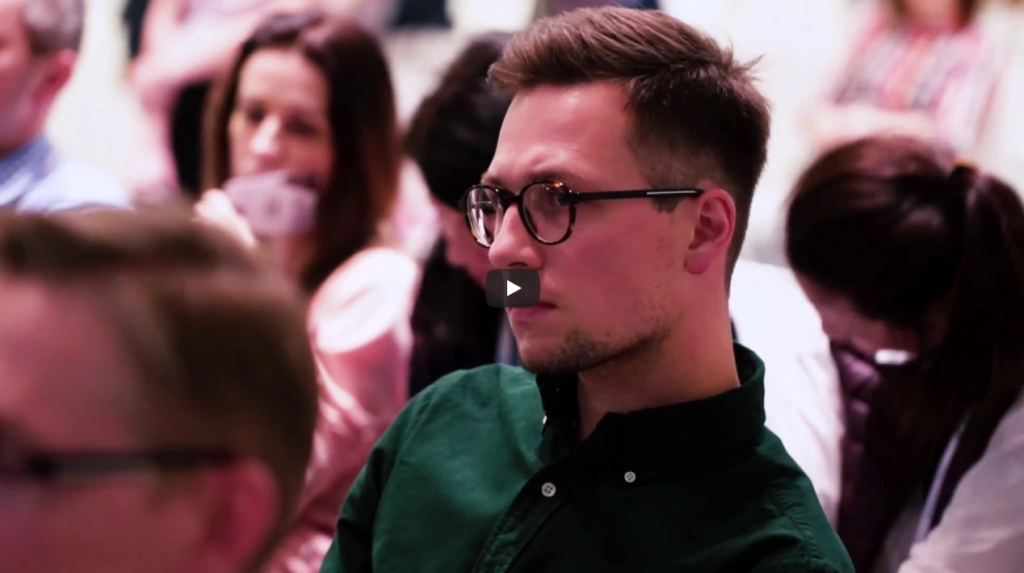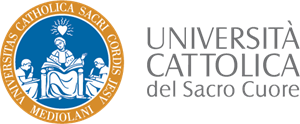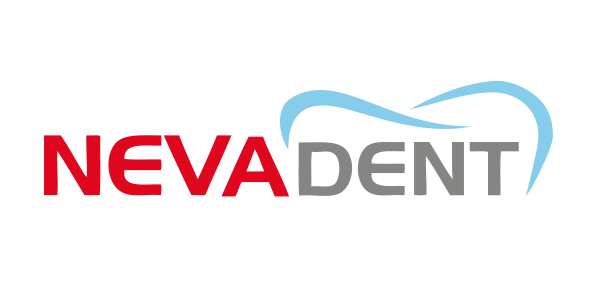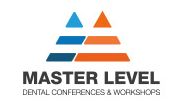
- To wydarzenie minęło.
Endomeeting 2024
22 marca - 09:00 - 23 marca - 17:00
zł2385 – zł2650
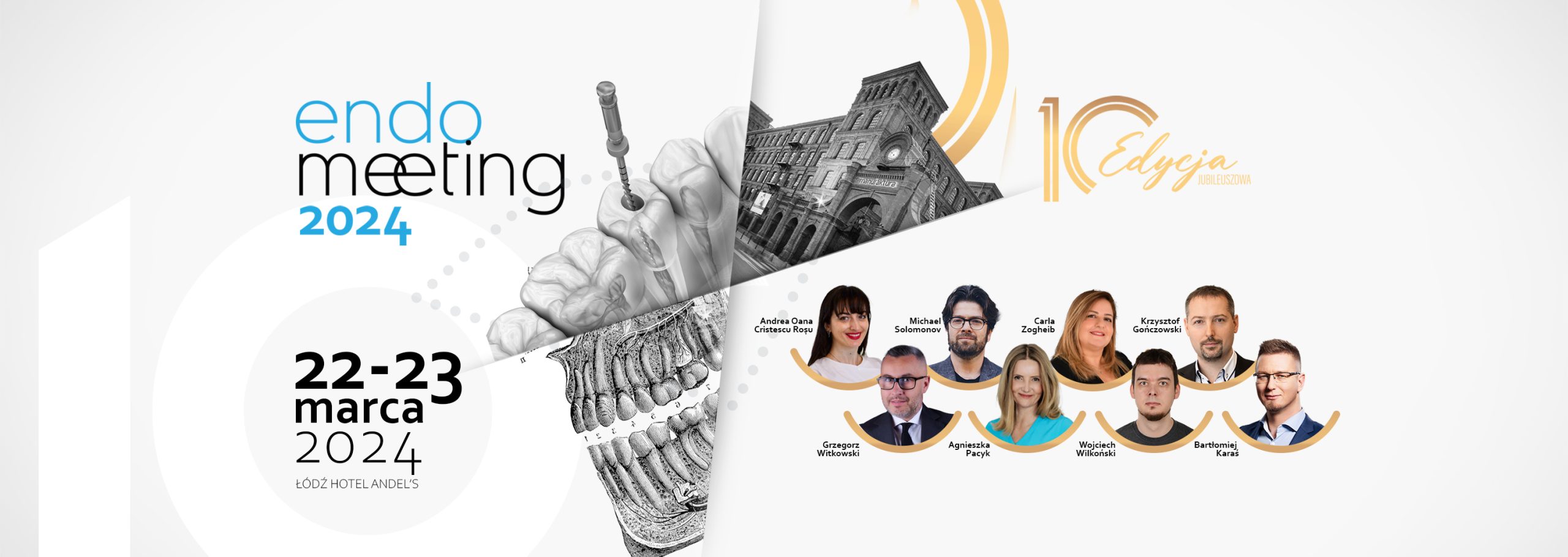
Endomeeting 2024
W pełni zaangażowani przystąpiliśmy do organizacji kolejnej edycji tak, aby tematyka oraz grono wykładowców było gwarancją najwyższych standardów
i zachęciło Państwa do udziału w konferencji ENDOMEETING 2024, która odbędzie się w
22-23.03.2024 r. w Łodzi, Vienna House Andel`s Łódź.
Tradycją Konferencji jest towarzyszące wydarzeniu czwartkowe ENDOSUSHI, czyli charytatywne seminarium przedkongresowe w towarzystwie sushi i lampki wina dla każdego.
Endosushi jest wydarzeniem charytatywnym, w tym roku w formie warsztatów z ograniczoną ilością miejsc, przy okazji którego zbieramy fundusze na wsparcie akcji charytatywnych.
Piątkowy wieczór także jest wyjątkową okazją do relaksu i integracji. Serdecznie zapraszamy Państwa na ENDOPARTY. W tym roku odbędzie się ono w klubie ManuArte, który jest łódzką ambasadą latynoamerykańskiej sztuki, rozrywki i smaków, gdzie będzie można kontynuować pokonferencyjne dyskusje przy muzyce na żywo i kubańskim koktajlu.
Bilety na EndoParty będą dostępne jako odrębne produkty.
Harmonogram może ulec lekkim modyfikacją.
Wykładowcy
Michael Solomonov

Andreea Oana Cristescu Roșu
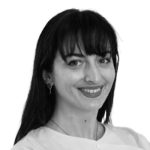
Agnieszka Pacyk

Bartłomiej Karaś
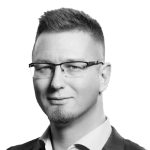
Carla Zogheib

Grzegorz Witkowski
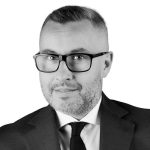
Krzysztof Gończowski
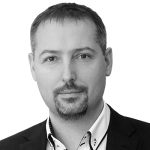
Wojciech Wilkoński
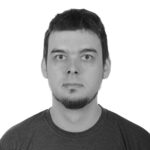
9:50 – 10:00 – Przywitanie
10:00-11:00 – Grzegorz Witkowski
Płukanie w endodoncji między nauką a kliniką
Płukanie to niewątpliwie jeden z najważniejszych etapów leczenia kanałowego. Jest to procedura od której zależy w dużej mierze sukces lub jego brak podczas leczenia endodontycznego. Podczas wykładu dowiesz się jak połączyć dane naukowe z procedurami klinicznymi. Zrozumiesz dlaczego objętość i czas ma takie znaczenie a także co może poprawić jakość płukania nie rujnując jednocześnie kieszeni. To wszystko na wykładzie o płukaniu
11:00 – 11:30 – Przerwa
11:30-13:00 – Carla Zogheib
Aktualna ocena w przygotowaniu endodontycznym: Właściwości i skuteczność ruchu reciprokalnego w podejściu minimalnie inwazyjnej endodoncji.
W ramach tego wykładu omawiane zostaną właściwości, skuteczność i wyniki kliniczne tych systemów. Przegląd ten podsumowuje właściwości mechaniczne, zdolność do kształtowania, zachowanie anatomii kanału korzeniowego, czas kształtowania, skuteczność oczyszczania, powstawanie mikropęknięć, redukcję bakterii, wypływ zanieczyszczeń, oraz usuwanie materiałów wypełniających kanał korzeniowy. Korzystne wyniki plików reciprokalnych wskazują na ich potencjalne zastosowanie jako alternatywy dla systemów pilników obrotowych.
13:00 – 14:00 – Przerwa
14:00-15:30 – Wojciech Wilkoński
Opracowanie vs kształtowanie przestrzeni endodontycznej
Wykład ma na celu usystematyzowanie wiedzy w zakresie opracowania mechanicznego kanałów korzeniowych. Poruszona zostanie kwestia właściwości poszczególnych narzędzi rotacyjnych i recyprokacyjnych – w oparciu o wyniki badan naukowych oraz doświadczenie kliniczne. Na wykładzie zostanie omówiona kwestia świadomego kształtowania przestrzeni endodontycznej.Na wykładzie zostanie omówiona koncepcja świadomego kształtowania przestrzeni endodontycznej.
15:30 – 16:00 – Przerwa
16.00- 17.30 – Bartłomiej Karaś
Lasery w endodoncji. Przyszłość w naszych rękach.
Lasery mają już stałe miejsce w wielu dziedzinach stomatologii. W endodoncji, tak naprawdę cały czas są nowością. Niektóre rodzaje od dawna wspomagają dezynfekcję, ale pewna, najnowsza grupa sprawia, że nie tylko dezynfekcja jest na najwyższym poziomie, ale opracowanie kanałów staje się prostsze, szybsze i dokładniejsze. Zapraszamy w podróż do świata światła w kanałach.
10:30-12:00 – Michael Solomonov
MB2 w życiu endodonty
W wykładzie omówimy częstość występowania, zapadalność i symetrię kanału Mb2. Zagłębimy się również w wpływ niewyleczonych kanałów Mb2, udzielimy praktycznych wskazówek dotyczących lokalizacji kanałów Mb2 oraz zilustrujemy potencjalne konfiguracje i topograficzne położenia. Dodatkowo, będziemy podkreślać istotne różnice między leczeniem pierwotnym a ponownym leczeniem na podstawie licznych przypadków klinicznych. W trakcie wykładu wykorzystamy zdjęcia rentgenowskie zębów oraz skany CBCT, wsparte przeglądem literatury i różnymi przypadkami klinicznymi.
12:00 – 12:30 – Przerwa
12:30-14:00 – Andreea Oana Cristescu Roșu
Nowoczesna endodoncja: trend czy specjalizacja oparta na dowodach naukowych
Coraz więcej dentystów i pacjentów zdaje sobie sprawę z ważności zachowania i ocalenia zębów na jak najdłużej, pomimo innych rozwiązań, takich jak implanty, przeszczepy czy nawet zwykłe ekstrakcje. Wybór “odpowiedniego” planu leczenia w danym przypadku stanowi niemal zawsze trudną decyzję, zwłaszcza dla dentysty na początku swojej kariery. Każdy przypadek ma co najmniej 2 możliwości leczenia, jeśli nie więcej. Które rozwiązanie wybierze dentysta, zależy przede wszystkim od doświadczenia lekarza, ale także od technologii, którą ten ma do dyspozycji. Wykład przedstawi serię przypadków klinicznych, plan leczenia dla każdego przypadku, a także wyniki i dalsze kontrole, oczywiście po właściwej diagnozie, po której następuje właściwe leczenie. Wykład będzie także prezentował i omawiał wyniki oraz przewidywalność leczenia endodontycznego ogólnie. Wszystkie przypadki zostały rozwiązane przy użyciu powiększenia, preparacji rotacyjnej, 3D wypełnienia przestrzeni endodontycznej oraz przy użyciu MTA/biokeramiki, tam gdzie było to konieczne.
14:00 – 15:00 – Przerwa
15:00-16:00 – Krzysztof Gończowski
Bezbolesne oraz efektywne wykonanie znieczulenia miejscowego w stomatologii
Celem wykładu jest przedstawienie lekarzom praktycznych wskazówek dotyczących metod kontroli bólu oraz stresu związanego z wykonywaniem efektywnego stomatologicznego znieczulenia miejscowego. Podczas wykładu omawiane są metody ograniczania dolegliwości bólowych bezpośrednio związanych z podawaniem leków znieczulających miejscowo w obrębie jamy ustnej oraz szczegółowo prezentowana jest Atraumatyczna Technika Znieczulania, która istotnie ogranicza lub wręcz niweluje ból podczas znieczulania, przy zachowaniu wysokiej efektywności działania znieczulenia miejscowego.
16:00 – 16:15 – Przerwa
16:15 – 17:15 – Agnieszka Pacyk
„Give me a shot” czyli co musimy wiedzieć o stomatologicznych lekach znieczulenia miejscowego.
Wykład przeprowadzi Państwa „łagodnie” po farmakologicznych meandrach znieczulenia miejscowego. ”Bezboleśnie” dokonamy wiwisekcji na ampułce, która oprócz anestetyku zawiera dodatkowe związki chemiczne mogące wpływać na przykład, na komfort podawania leku. Przypomnimy aktualne wskazania i przeciwskazania do użycia leków znieczulenia miejscowego w stomatologii. Uaktualnimy maksymalne rekomendowane dawki. A na koniec wspomnimy o dzieciach, o kobietach w ciąży oraz karmiących piersią w kontekście bezpiecznego i skutecznego znieczulania.
